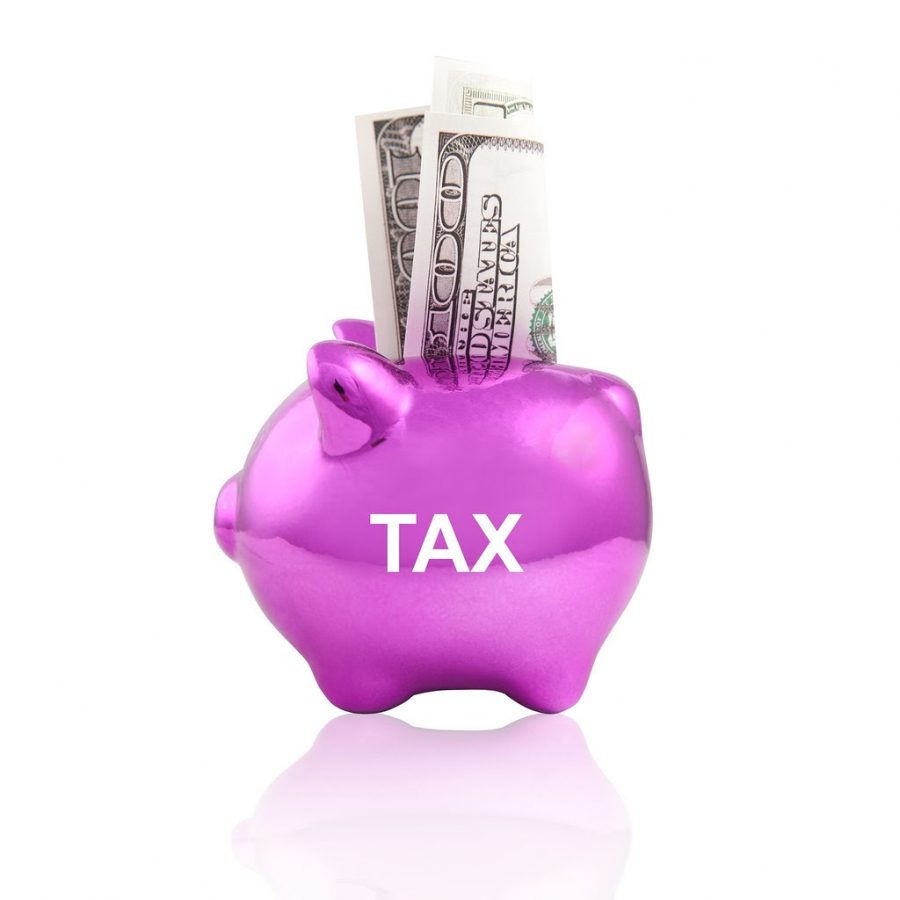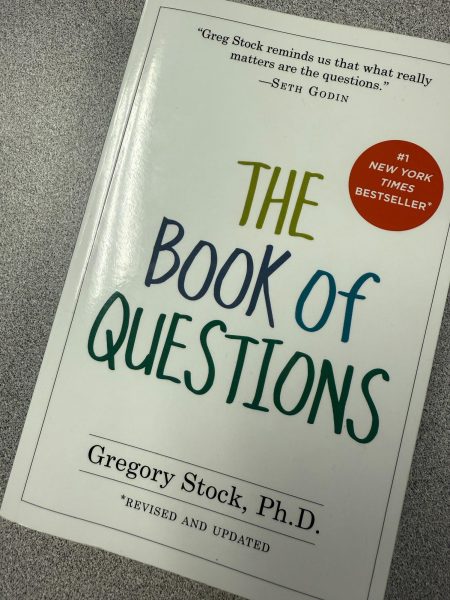Pink Taxes
Shopping. Between clothes, makeup and feminine products, women are the world’s most powerful consumers. They make up 70 to 80 percent of all consumers, according to Forbes. But have you ever heard of the pink tax? Retailers are known to charge more for products that are specifically aimed at women. About 7 percent more than men, according to Money Matters.
“What types of products?”, you might ask. Shampoo and conditioner can be about 48 percent more, razors at about 11 percent, body wash about 6 percent and deodorant about 3 percent. These products are typically sold in smaller sizes than compared to men as well. And retail products are not the only products that are higher for women.
“Women also pay more for non-gendered products, such as mortgages and business loans, the GAO found,” reports CBS News. “Women as a group pay higher interest rates on average than men, in part due to weaker credit characteristics. (Women tend to have more debt than men and on average earn about 20 percent less.)”
Pads and tampons are taxed as well, considered as “luxury items” under the law. In countries where access to feminine products are already restrictive, this tax acts as another barrier to withhold clean products for the use of women.
Documentaries such as Period. The End of a Sentence on Netflix sheds light on menstrual equality, and increasing protests and initiatives have led to bills exempting feminine products from taxes have considered in a number of states. The Pink Tax Repeal Act of 2016, headed by Congresswoman Jackie Speier, failed to pass in Congress, but initiated discussions on gender-based price discrimination that are continuing to this day.
Image courtesy of TaxCredits.net.

Jewel Hardwick is a senior and a first-year staffer for The Talon Times. She is known campus-wide as an enthusiastic girl, with a rather strange affinity...






